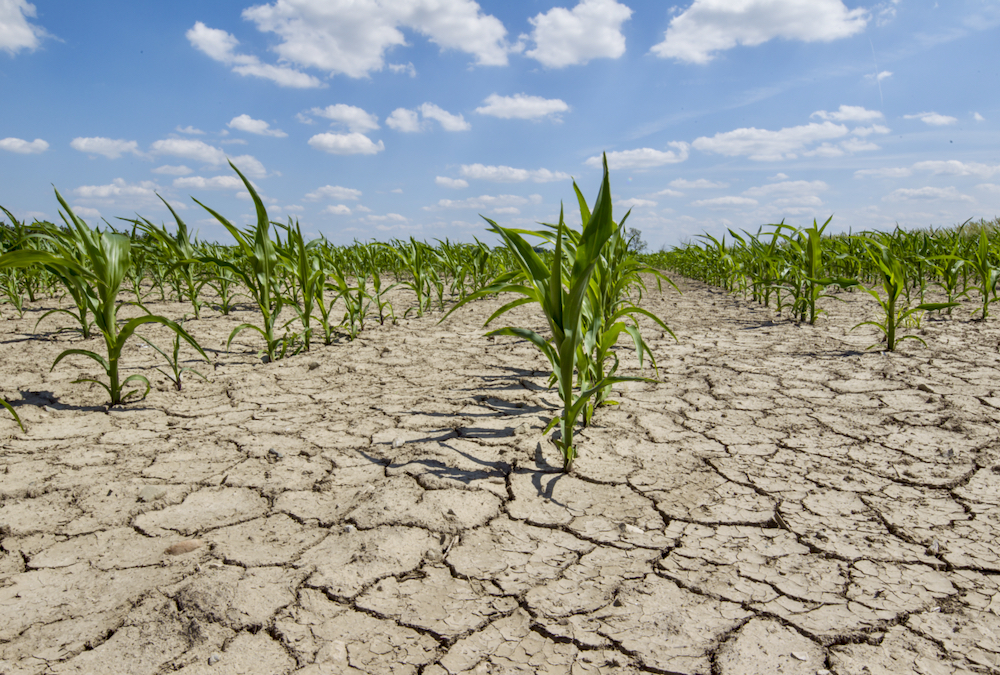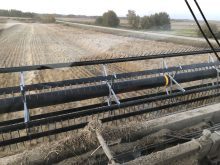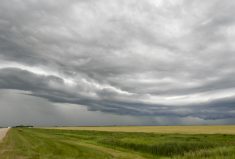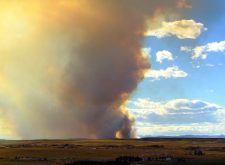Reuters – La Nina has officially fizzled after a near three-year stand, setting the stage for El Nino’s possible entrance later this year. The timing of that is not yet settled, but whether El Nino arrives by mid-year or later could have varying impacts for global crops.
In mid-March, sea surface temperatures across the equatorial Pacific Ocean averaged a half-degree C above normal, the warmest in exactly three years. The anomaly in the all-important Nino 3.4 region reached 0.1 degree, the warmest since mid-2021 but short of the 0.5 degree normally associated with El Nino conditions.
That compares with a mid-February anomaly of minus 0.5 degree in the Nino 3.4 region, still characteristic of the La Nina phase within the El Nino-Southern Oscillation (ENSO).
Read Also
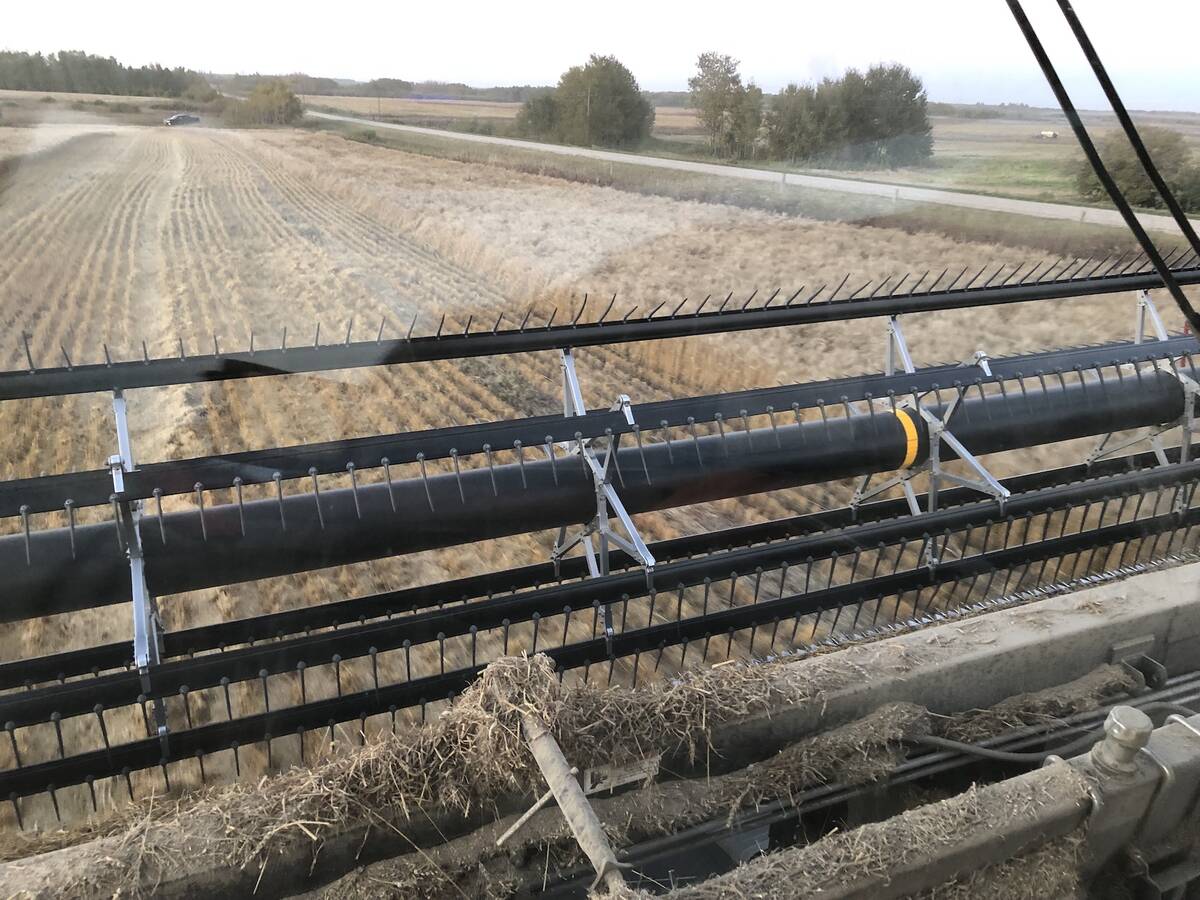
The poetic epic of Manitoba farming 2025
Former Manitoba Co-operator editor John Morriss returns for his yearly poetic sum up of the farming year and look ahead into 2026.
Earlier this month, the official U.S. ENSO forecast showed 56 per cent odds of an El Nino phase for the three-month period centred on August versus 40 per cent for a neutral phase. The official forecast incorporates human judgment.
But the latest model-based outlook places 64 per cent odds of El Nino in the period centred on July versus 35 per cent for neutral ENSO. This more aggressive forecast could be explained by the rapid warming of the Nino 3.4 region in the last few weeks.
ENSO’s impacts on U.S. summer crops are not as pronounced as in the Southern Hemisphere, but an earlier arrival of El Nino may be better.
While many of the best U.S. corn yields occurred during El Nino or neutral positive ENSO years, the neutral positive scenario also coincided with some of the worst corn outcomes.
Earlier El Nino may not be the best bet. Numerical model forecasts issued between February and May typically have the lowest skill, and they also tend to over-favour El Nino scenarios for later in the year.
By June, there should be a much clearer idea of whether El Nino is truly in store for 2023 and the likely timing. In addition to the recent warming of Pacific Ocean waters, the Indian Ocean’s version of ENSO is expected to trend increasingly positive in the next few months, often supportive of El Nino.
Argentine farmers may be the biggest cheerleaders for El Nino, as La Nina-induced dryness this year has resulted in perhaps their worst-ever harvests. A change in the pattern now will not help those crops, but a boost in soil moisture ahead of Argentina’s wheat planting, which begins in May, would be welcome after last year’s wheat production was nearly half the initially expected levels.
Australian farmers feel differently, as the string of La Ninas has allowed for three consecutive record wheat harvests. El Nino frequently brings dry and warm weather to Australia’s wheat regions, which have already been getting dry in recent weeks following below-average summer rainfall.
Australian wheat planting begins next month. Together, Argentina and Australia have accounted for as much as 20 per cent of global wheat exports.
– Karen Braun is a market analyst for Reuters. Views expressed above are her own.

